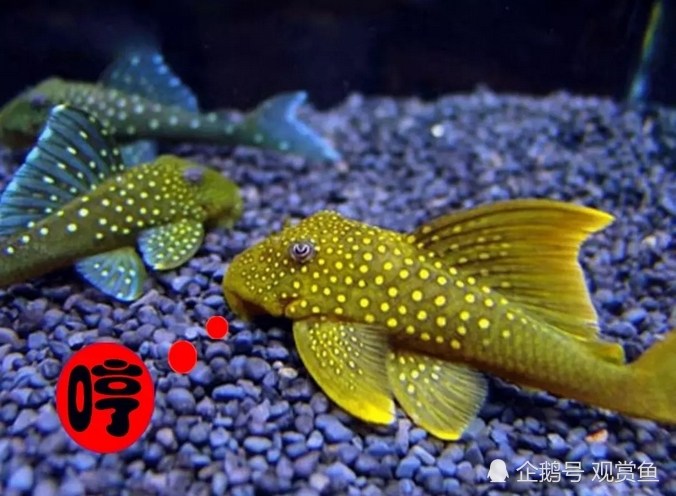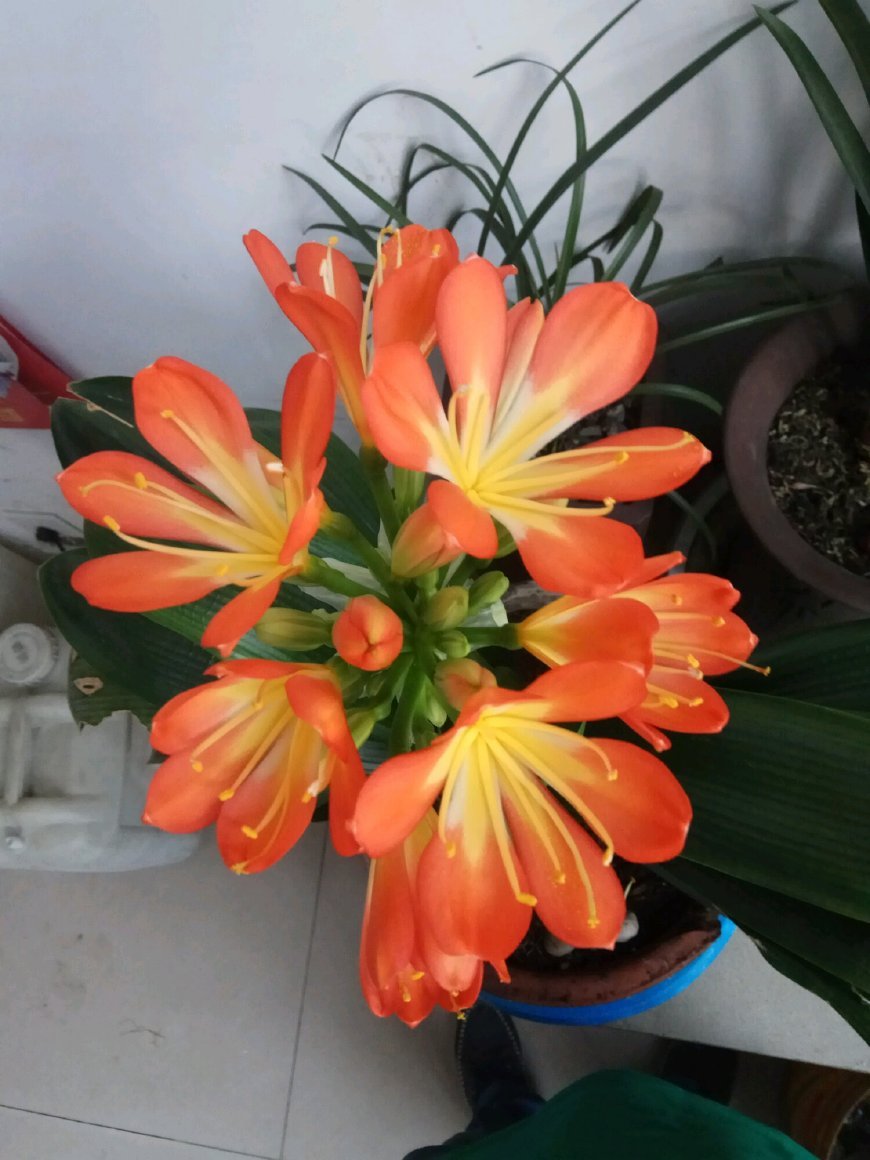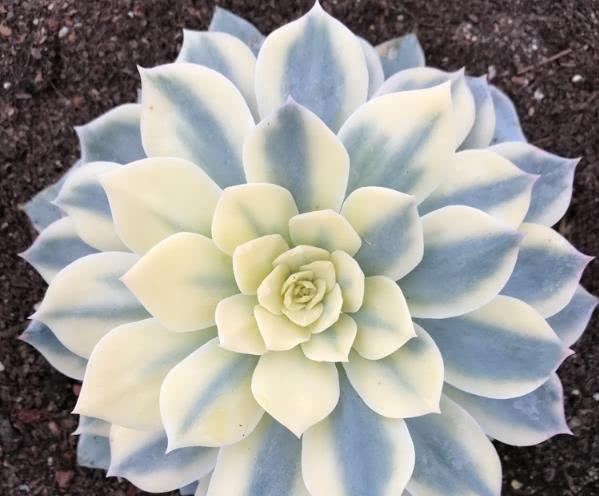Fish tank moss don't have to worry about the top 10 cleaners to solve your problems.

As the saying goes, "to raise fish is to raise water, and to make scenery is to make water." whether a tank of beautiful algae or a tank of lively and lovely tropical fish, all need a tank of ecological water body living environment. In this specific water body living environment, there are some different forms of creatures, they are referred to as the "cleaners" in the aquarium, they are responsible for cleaning the fish tank, sucking the residue, and removing algae, which are often kept in the fish tank. And these "cleaners" also have their own skills and different personalities, so many fish friends have expressed their opinions about which "cleaner" has the best skills. The editor believes that everyone can buy which is the best according to their own needs.
1. Scavengers
Scavenger fish, originated in Brazil and Venezuela, are the most common aquarium cleaners, also known as sucker fish, garbage fish and anglerfish. They can survive almost as long as there is water. They often adsorb on the walls of aquarium boxes or aquatic plants and lick moss. Prices are generally relatively cheap, according to different places, a few dollars to more than ten yuan can be bought. The sweeper's weeding ability is really very good, the appetite is very big, but the image is a bit ugly. When the fish tank is too clean, the scavenger will swallow all kinds of miscellaneous foods that can be eaten, so it is easy to cause enteritis, which is also the main reason why the scavenger is easy to die.
2. Clear moss mouse
Mossy rat alias horse head Loach depends on the oblique downward sucker-shaped mouth, sucking on water plants, rocks and other objects to move slowly, while considering moss or leftover food to remove the waste of the aquarium, the optimum water temperature is 23-28 degrees, mossy rat eating omnivorous, easy to raise, suitable for clean water quality, aquatic plant players should pay attention to the newly planted water plants, or the sediment is not thick enough (lower than 5cm), it is best not to choose lichen. Because he will fight for territory with his own kind, he will turn over the water plants. Mosses are afraid of lack of oxygen, they do not float up after lack of oxygen, but suffocate in the water. Because of their rough temperament in adulthood, they sometimes eat small fish or attack big fish, which requires attention.
3. Black Line Flying Fox
Black line flying fox is native to Southeast Asia, showing grayish brown, slender body, suitable water temperature 24-26 ℃, black line flying fox is not picky, general fish food, algae feed and cucumber slices, they can accept, should not be overfed, may cause the black line flying fox to become lazy. Like to eat thin slices of fish food rather than algae, if the aquarium tank is seriously attacked by black hair algae, it is necessary to reduce feeding as far as possible to encourage the black line flying fox to eat black hair algae, and the black line flying fox is said to even eat planaria. This property is an ideal added value for aquariums infected by planaria.
4. Elf fish
Elf fish, native to southeastern Brazil in South America, is small and likes to eat seaweed. At the same time, it can eat up the most annoying snail eggs in the aquarium, making it the best cleaner in the aquarium. However, when there is a lack of algae in the aquarium, it is very easy to die, and some individuals will take the initiative to eat feed crumbs. The suitable temperature is 22: 30 ℃, like weak and acidic soft water, and it is best to keep it in an aquarium with close planting of aquatic plants and sunlight. This fish is gentle, does not eat fish and shrimp, and can be mixed with most mild-tempered small fish.
5. Black shell shrimp
Black-shell shrimp is a very mild shrimp, will not attack any fish in the tank, does not need special feeding, does not require high temperature (the optimum living temperature is 10-30 ℃, but should avoid high temperature as far as possible), and plays a very important role in restraining the spread of algae in the fish tank, so black-shell shrimp can be said to be a very good tank cleaner. But because the black shell shrimp is too gentle, they also lack the ability of self-defense, molting shrimp and young shrimp are very easy to be hurt or eaten by fish. So when raising fish in the tank, try to plant more aquatic plants or place facilities such as shrimp houses for black-shelled shrimp to avoid. And be careful not to mix black-shell shrimp with too ferocious fish such as betta, dolphin, shrimp and tiger fish. In this case, even if you avoid more black-shell shrimp, they will be completely eaten.
6. Rat fish
Rat fish do not easily cause introversion or other diseases because they eat unclean food. in the eyes of most players, captive rat fish are usually secondary horns in algae tanks, not just for viewing. The main thing is to trick them into eating the characteristics of algae and residual bait and keep them as "scavengers" to clean underwater debris. The gentle mouse fish can mix well with many fish species and get along well with lantern fish, colorful fairies, immortal dugong, short sea bream and peacocks. The strong health level of the mouse fish enables it to survive in an environment with no running water and low dissolved oxygen, because it can breathe in the intestines, but this does not mean that the captive environment of the mouse fish does not need to be pumped or filtered. In fact, rat fish like to have a clean, water-rich environment with high dissolved oxygen.
7. Black Mary
Black Mary has miscellaneous food habits and can scrape the algae and aquatic plants on the wall of the box, so she is known as the "cleaner" of the aquarium. Mild temperament, easy to mixed culture, because the black Mary fish like weakly alkaline hard water, so should not be mixed with tropical fish of the fat family. Black Mary fish does not have strict requirements on water quality, and likes water with trace salt, and the suitable water temperature is 20 ℃ ~ 24 ℃. If the temperature is on the low side for a long time, it is easy to get sick. When the water temperature is lower than 18 ℃, it is easy to suffer from water mildew and even die.
8. Daiwa algal shrimp
Daiwa algal shrimp originated in Japan, commonly known as pearl shrimp, is an entry-level shrimp, very easy to raise, the market is relatively common, the price is also low, the most suitable water temperature is between 22 and 26 degrees Celsius, generally speaking, Daiwa algae shrimp in addition to foraging algae, but also eat plankton, feed fragments and even aquatic plants. Daiwa algae shrimp have a strong appetite and keep eating throughout the day. When food is insufficient, it is easy to die from diseases caused by malnutrition. At this time, Daiwa algae shrimp may turn to feed on the tender or rotten leaves of aquatic plants, so while hoping for its removal of algae, it should also put in some feed to maintain its normal living condition.
9. Kissing fish
Kissing fish is also called kissing fish, kissing fish, peach blossom fish, kissing Douyu and so on. The suitable water temperature is 27 degrees Celsius. Kissing fish often use their mouths to constantly eat algae and moss on the aquatic plants and the walls of the aquarium, which can make the aquatic plants fresh green and keep the walls clean, which plays an important role in cleaning the aquarium tank. Although they like to peck at algae, they are not their staple food. Kissing fish eat a lot of food and can accept any bait. Eating algae is just its natural nature and supplement its active and consuming physical energy. As it grows and develops, its excrement will also increase greatly, almost more than it "cleans" dirt!
10. Apple snail
Apple snail, also known as Jinbao snail, large bottle snail, has a certain algae removal function, like to eat moss, dead fish, dead shrimp, and even rice grains. The action of apple snail is gradually active with the rise of temperature. The apple snail is often motionless in winter, but when the season is right, the apple snail can not only find food close to the bottom and wall of the cylinder, but also inflate its shell and float in the water.
If your fish tank is plagued by moss and green algae, you might as well take these cutie home and let them do something for you. They can watch and clean and kill two birds with one stone.
If you are not clear about the content of the above article, please leave a message at the end of the article and consult me.
- Prev

The Beginning of Autumn should not apply these two kinds of fertilizers after raising flowers, or they will rot roots and yellow leaves immediately.
Growing flowers has become a part of life, which can not only bring some bright colors to the family, but also add vigor and vitality. The key point is that it can bring fun and pleasure to flower friends. Raise some flowers and plants, already.
- Next

It's no problem to take a few steps to remove scale insects from succulent plants.
Many people are afraid of shell insects and root powder, once they get numb, do not know what to do, some directly throw away plants, in fact, they are not terrible, they are very fragile, as long as they master appropriate methods and practice, it is easy.
Related
- Wuhan Hospital Iron Tree Blooming Result Was Instantly Frightened by the Gardener Master
- Which variety of camellia is the most fragrant and best? Which one do you like best?
- What is the small blue coat, the breeding methods and matters needing attention of the succulent plant
- Dormancy time and maintenance management of succulent plants during dormancy
- Minas succulent how to raise, Minas succulent plant pictures
- What are the varieties of winter succulent plants
- How to raise succulent plants in twelve rolls? let's take a look at some experience of breeding twelve rolls.
- Attention should be paid to water control for succulent plants during dormant period (winter and summer)
- Watering experience of twelve rolls of succulent plants
- Techniques for fertilizing succulent plants. An article will let you know how to fertilize succulent plants.

